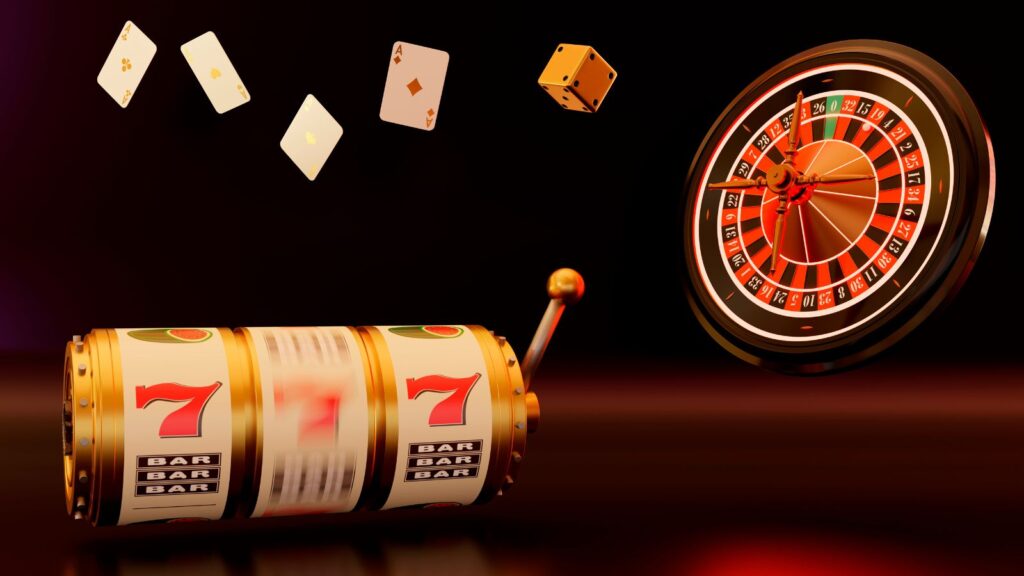
I used to give new slots way too much time. Hundreds of spins, multiple sessions, big losses—all because I couldn’t tell if a game was bad or I was just unlucky.
Then I developed a simple system. Now I can judge any slot in roughly 100 spins and decide if it’s worth continuing. Here’s exactly what I look for.
Why 100 Spins Works
100 spins isn’t enough to determine true RTP or long-term results. But it’s enough to spot red flags and get a feel for how the game behaves.
You’re not looking for statistical proof. You’re checking if the game feels fair, if you enjoy playing it, and if your bankroll can survive long enough to hit features.
Testing new releases requires access to diverse options. Slotino BG Online Casino operates with thousands of slots including latest releases from NetEnt, Pragmatic Play, and Quickspin offering 2,499 BGN welcome bonus—their constantly updated collection with new games appearing weekly gave me the perfect testing ground to develop this 100-spin evaluation system across dozens of fresh titles.
Spin 1-25: Check the Base Game
The first 25 spins tell you how the base game behaves between bonus rounds. Watch how often you get any win at all and whether those wins actually cover your bet or fall short. Count the dead spins—if you’re hitting 15+ in a row during this stretch, the volatility might be too high for your bankroll.
High-volatility games can absolutely do this, but you need to know what you’re facing. On the flip side, regular small wins—even ones that don’t cover your full bet—show the game has decent hit frequency in the base game.
I once tested a new slot that went 22 dead spins in the first 25. Sure enough, it ate 50 BGN in ten minutes. Quit right there and saved myself a bigger loss.
Spin 25-50: Watch Your Balance
By spin 50, your balance tells you a lot about the game’s volatility and how it treats players. Check if you’re down 30% or more of your starting bankroll already and whether you’ve hit any decent wins around 10x your bet or more.
If you’re down 40% by spin 50 with no significant wins, the game is either super high-variance or just brutal. Unless you’re specifically hunting high-volatility slots with a big bankroll, walk away. Balance staying relatively stable and maybe down only 10-20% shows the base game gives enough back to keep you in action.
Spin 50-75: Feature Frequency Check
Most slots have bonus features triggered by scatters. By spin 75, you should have an idea how often they appear. Have you seen 2 scatters show up multiple times? Has the bonus actually triggered yet? Do scatters appear at all, or are they super rare?
If you haven’t seen a single 2-scatter tease by spin 75, either you’re incredibly unlucky or the game has terrible scatter frequency. Either way, it’s frustrating and expensive. Getting the bonus to trigger once or seeing 2 scatters appear several times shows the feature is actually accessible.
I stick with games where I at least get teased with 2 scatters regularly. Even if the bonus doesn’t hit, knowing it’s possible keeps me engaged.
Spin 75-100: Make the Final Call
The last 25 spins are where you decide whether to keep playing or quit. Consider whether you enjoyed the experience regardless of results, if your remaining bankroll justifies continuing, and whether the game showed it can deliver decent wins.
Quit if you’re down 50% or more with no bonus trigger and no fun, if the game feels slow or boring, or if base game wins are consistently tiny. Keep playing if you triggered the bonus at least once and it paid decently, your balance is stable enough to continue, or you’re actually enjoying the gameplay and theme.
Understanding what’s available helps with testing. Browsing new slot games showed patterns in how modern slots are designed—newer games often front-load features and adjust volatility differently than classics, making the first 100 spins even more telling about long-term playability.
The Balance Test
Here’s a simple benchmark I use: if you start with 50 BGN and you’re below 25 BGN after 100 spins with no bonus trigger, the game is probably too volatile for that bankroll. High-volatility slots can easily do this, but you need to decide if you want to keep feeding it hoping for a big hit or move to something more forgiving.
The Enjoyment Factor
This matters more than people admit. If the game bores you after 100 spins, stop playing regardless of results. Slots are entertainment. If you’re not entertained, why keep going? There are thousands of other games that might suit you better.

I’ve quit games that were paying decently simply because I found them dull. No regrets.
When to Ignore This System
This 100-spin test doesn’t work for every situation. Progressive jackpots often have lower base game RTP because money goes into the jackpot pool, so judge them differently. If you’re buying bonuses, you’re skipping the base game grind entirely, which needs different evaluation. Super high-volatility slots designed for massive wins might need 200-300 spins to show their personality.
What I Track During Testing
I don’t write everything down, but I mentally note approximate dead spin stretches (anything over 10 in a row), my biggest single win, how many times the bonus teased with 2 scatters, and whether I’m having fun or just grinding. That’s it. Keep it simple.
The Bottom Line
100 spins won’t tell you if a slot is “good” mathematically. But it will tell you if it’s good for you—your bankroll, your patience, and your idea of fun.
Use this as a screening tool. Games that pass the 100-spin test earn more of your time and money. Games that fail get dropped before they do real damage. Stop giving bad slots the benefit of the doubt. 100 spins is plenty to figure out if you should stay or walk away.





